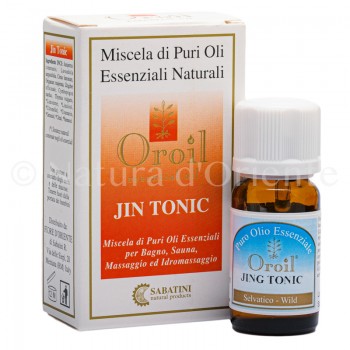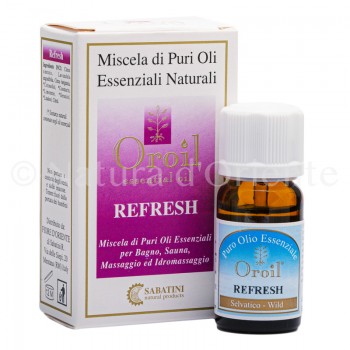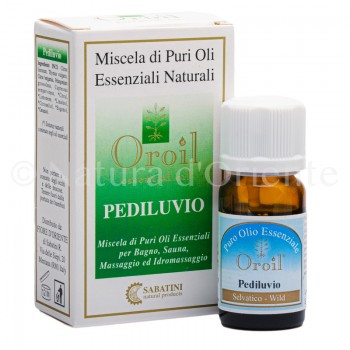The Reomatic blend is composed of essential oils obtained from secondary plants: juniper (Juniperus communis), rosemary (Rosmarinus officinalis), eucalyptus (Eucaliptus globulus), oregano (Origanum vulgare), ginger (Zingiber officinale).
The plants from which essential oils are obtained
The common juniper is a plant of the Cupressaceae, a family that takes its name from the cypress and also includes the sequoias. The juniper can appear as a small tree or as a perennial and evergreen shrub, the leaves are needle-like. The geographical distribution of the juniper is vast and circumpolar, i.e. you can find it everywhere but only at high latitudes.
Rosemary is a perennial aromatic plant of the Lamiaceae family. It looks like a shrub that sometimes grows tall while in other cases it tends to spread out.
Normally it reaches one and a half meters in height but can reach over two meters. The leaves are needle-like (2 to 4 cm long and 2 to 5 mm wide) and the flowers are blue. It's easy to say eucalyptus, in reality we should say eucalyptus because there are several species and the essential oil is obtained from more than one. In this case we are talking about the eucalyptus par excellence, Eucalyptus globulus, belonging to the Myrtaceae family and to the Eucalyptus genus, there are plants called eucalyptus also in the Corymbia genus. It is a large evergreen tree, in its places of origin (Australia of course) it reaches a truly remarkable height, usually between 40 and 55 meters but can even reach 70/80 meters. The common oregano is an aromatic perennial plant belonging to the Lamiaceae family and widely used as a spice.
It is a herbaceous plant that can reach 70 cm in height. The leaf is oval and elongated towards the tip. The flowers are panicle inflorescences placed at the apex of the stem, the corolla is white or pink. Ginger (Zingiber officinalis) belongs to the Zingiberaceae family which among its over 1300 species includes many aromatic plants with medicinal properties. The best known part of the plant is the fleshy underground rhizome. It is therefore not the root of the plant, as commonly believed, but the rhizome, i.e. a modification of the stem of the plant which swells and assumes a reserve function). Long, hollow stems and scapes (flowering axes without leaves) branch off from the stem with greenish-yellow flowers with purplish spots.
Properties of the essential oils present in the Reomatic blend
Juniper essential oil has anti-inflammatory and pain-relieving properties for which it is recommended to relieve rheumatic pain. For this purpose it is added to massage oils. Rosemary essential oil is primarily a disinfectant but it also has a toning effect for which it is recommended for a toning bath that also helps against muscle and rheumatic pain.
Even the essential oil of eucalyptus like that of rosemary is not known as a pain reliever or anti-inflammatory, the balsamic properties are the first that come to mind, but it also stimulates the circulation and has toning properties and these are the qualities, probably, for which it can be useful in a mixture against rheumatic pains. Oregano essential oil is recommended in massages against joint pain due to its ability to stimulate circulation, but it is also believed to have analgesic properties, so much so that some even recommend it for toothache.
Ginger essential oil is attributed more specific pain-relieving properties and is recommended for various types of pain, from rheumatic and muscle pain to headaches.



 No reward points for this product.
No reward points for this product.









